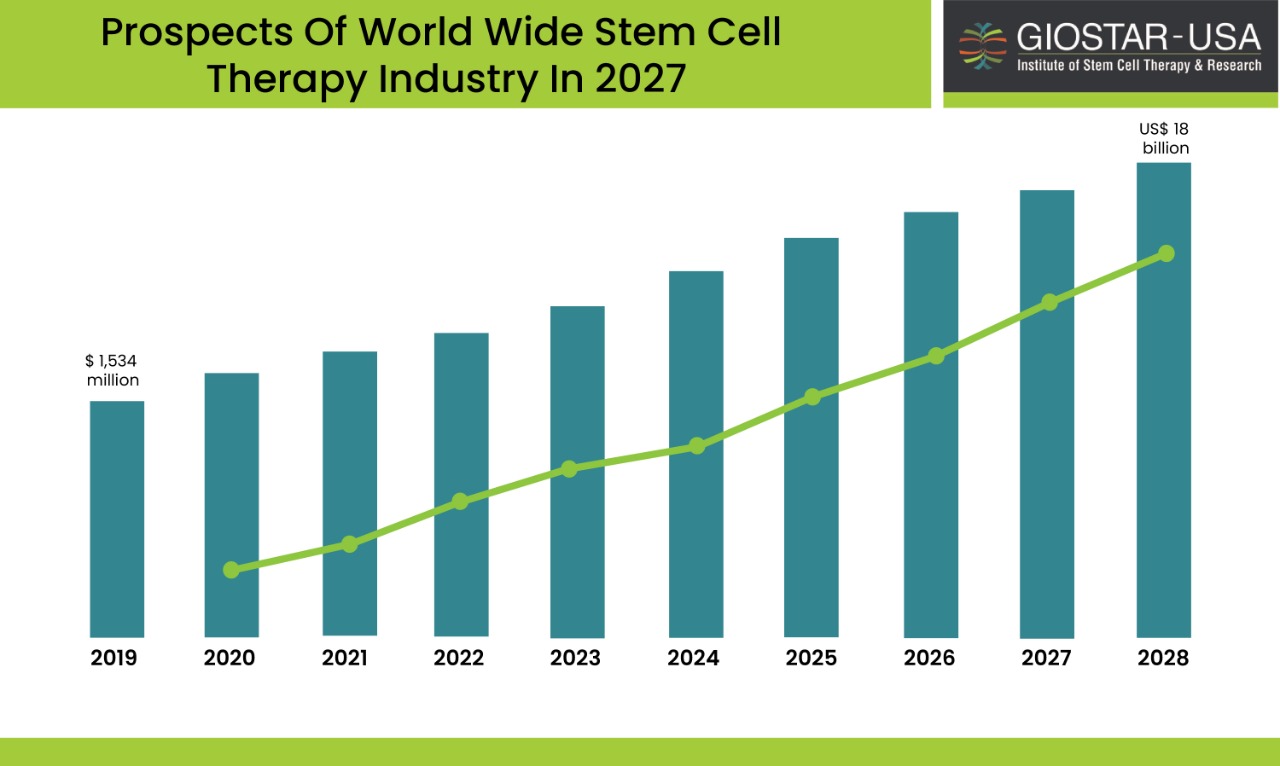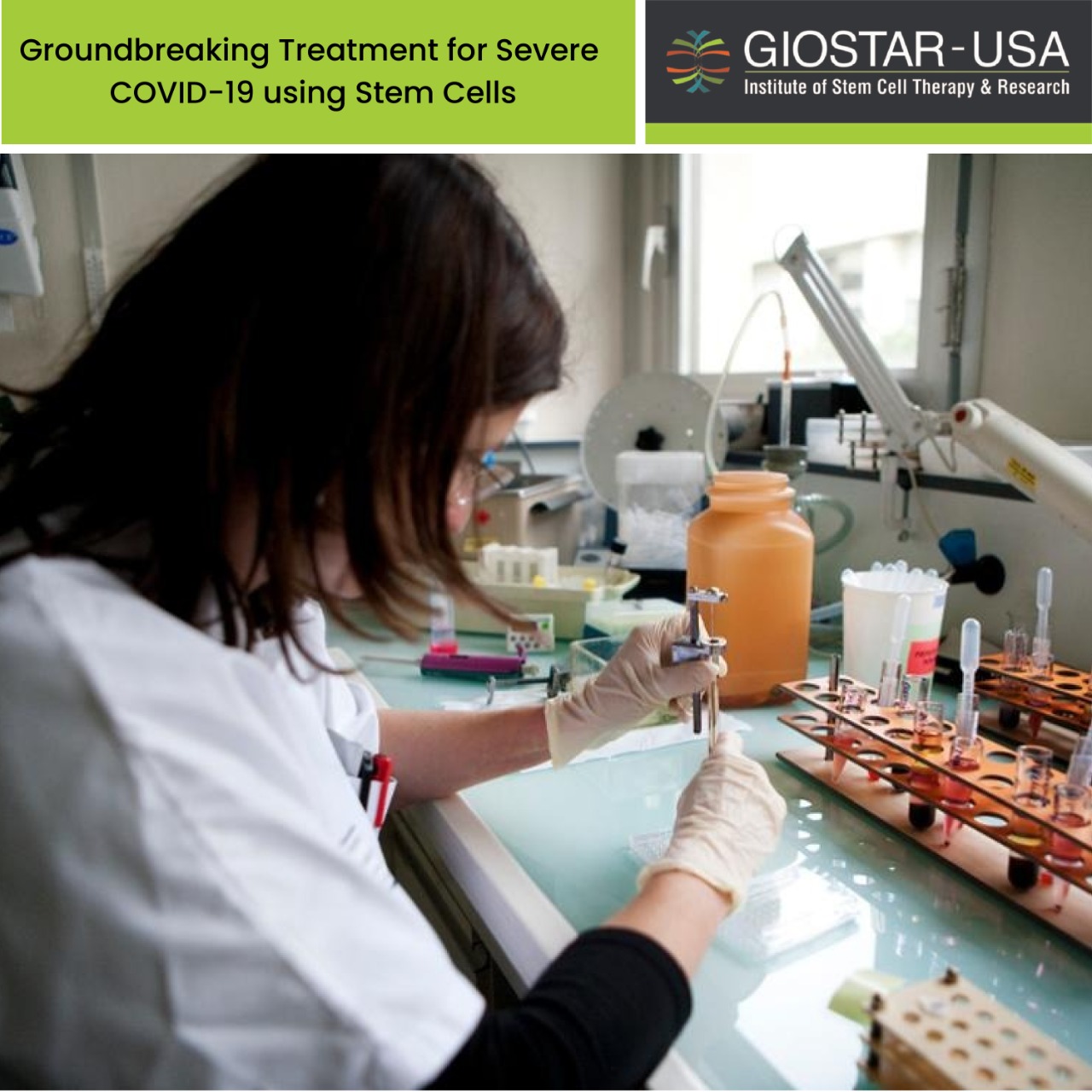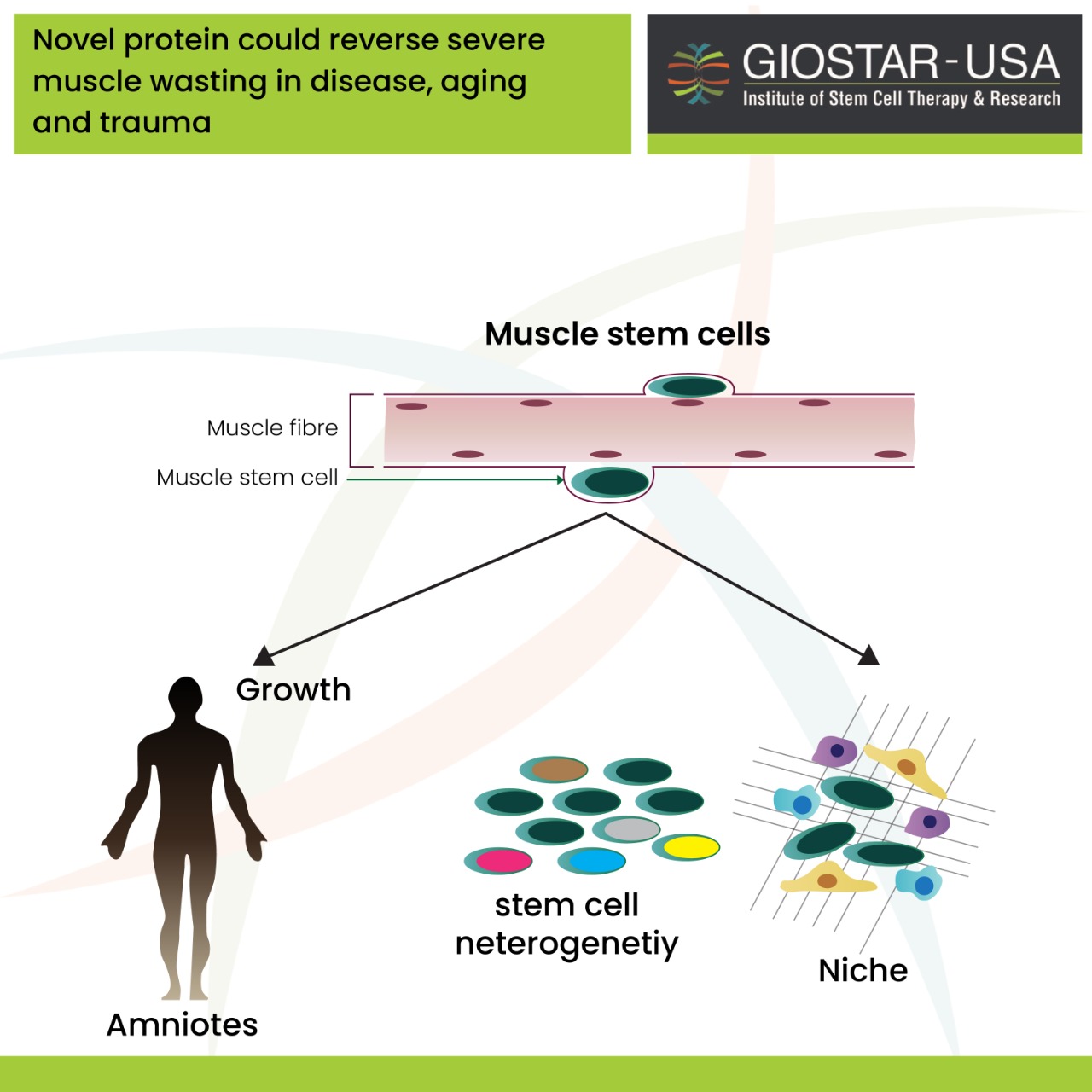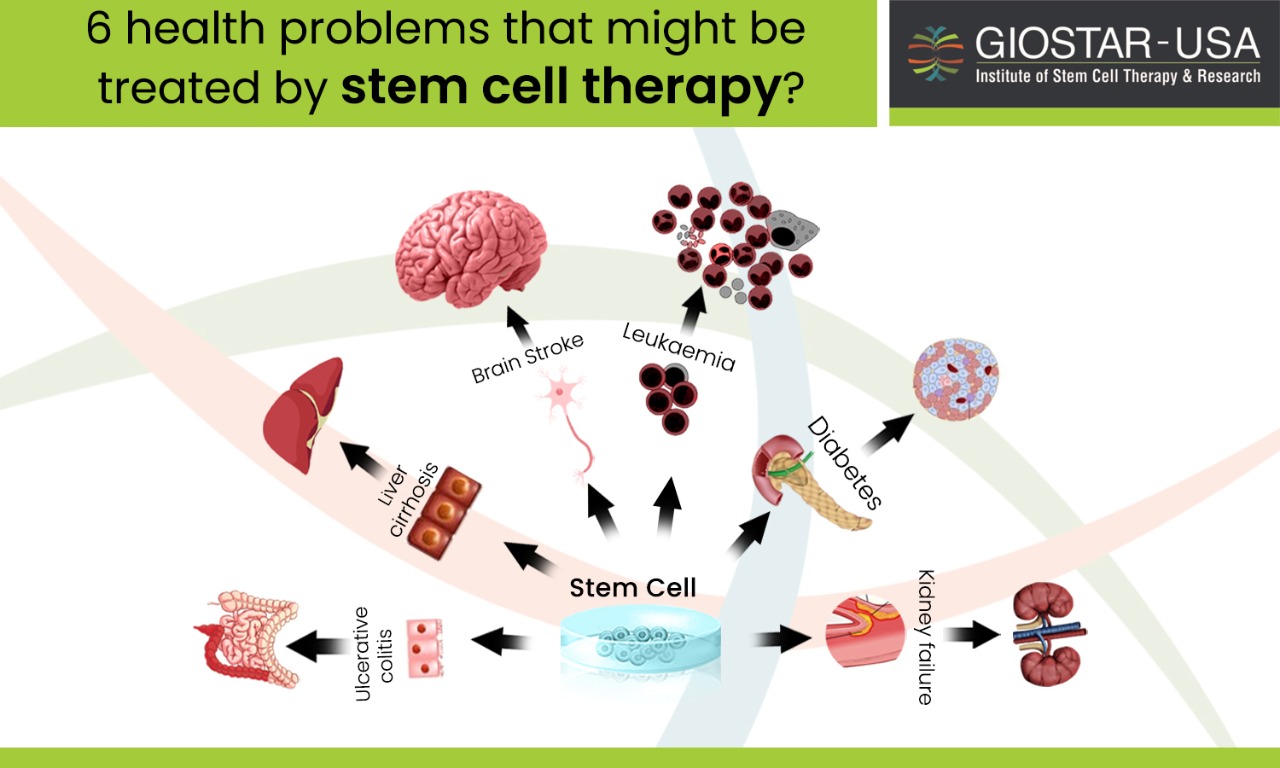Prospects of World Wide Stem Cell Therapy Industry in 2027
PROSPECTS OF WORLD WIDE STEM CELL THERAPY INDUSTRY IN 2027
Stem cell therapy also known as regenerative medicine is considered to transform the healthcare industry in a few years from now. Stem cells can renew themselves through mitotic cell division and differentiated into a wide range of specialized cell types.
Stem cells are found in all human beings from the early stages of human life though the number decreases with age. Stem cell therapy involves the administration of isolated cells for the treatment of diseases or traumatic damages. The advances in the field of stem cell therapy are considered to transform the healthcare industry within a few years. It is reflected by the fact that the increasing awareness related to stem cell therapy for effective disease management and growing demand for regenerative medicines is driving the stem cell therapy industry.
The Market potential of stem cell therapy industry – An overview

The stem cell therapy market was valued at US$ 1,534 million in 2019. It is estimated to reach US$ 18 billion by the end of 2028. It is expected to grow at a Compound Annual Growth Rate (CAGR) of 16.7% from 2020 to 2027.
With potential treatment procedures undergoing clinical trials and a noticiable number of stem cell therapies, having won FDA (Food and Drug Administration) approval for clinical usage is expected to fuel the growth of the stem cell therapy market.
Key factors that are driving the growth of the global stem cell therapy industry
Following factors are likely to drive the growth of the stem cell therapy industry at global level-
- Increasing aging population,
- Grwoing disease awareness,
- Grwoing awareness about side-effects of conventional medicines,
- Increasing incidences of viral and other diseases such as cancer, corona, cardiac abnormalities, organ failures etc
- Development of banking facilities and resultant enhancement of stem cell production, storage and characterization.
The existence of stem cell based treatments has been established as a clinical standard of care for different conditions such as epithelial stem cell based therapy for burns as well as for corneal disorders and hematopoietic stem cell treatment for leukemia.
The division of global stem cell therapy market based on types-
The global stem cell therapy market is categorized based on the following types-
- Therapy type,
- Therapeutic area,
- Cell type,
- End-user,
- Region.
Based on therapy type, the market is divided into autologous and allogenic. By therapeutic type, it is categorized into malignancies, musculoskeletal disorders, autoimmune disorders, dermatology and others.
Adult stem cell therapy held the largest market share of the market in 2020. The induced pluripotent stem cell therapy is estimated to register the highest CAGR in the market.
The region wise share of the stem cell therapy industry-
North America holds the largest share of the stem cell therapy industry. It is expected to continue this trend over the coming years. It is due, in part, to the existence of organized and developed healthcare systems, which uplift the research and development activities in the USA and Canada. Other part is contributed by the growing awareness among the patients about the curative abilities of the stem cell therapies.
The highest CAGR for stem cell therapy is likely to grow in Asia Pacific region due to the wide usage of stem cells in regenerative medicines, especially in the dermatology sector. Overall, the growing numbers of regenerative medicine centers are in turn expected to drive the stem cell therapy industry in the future.





